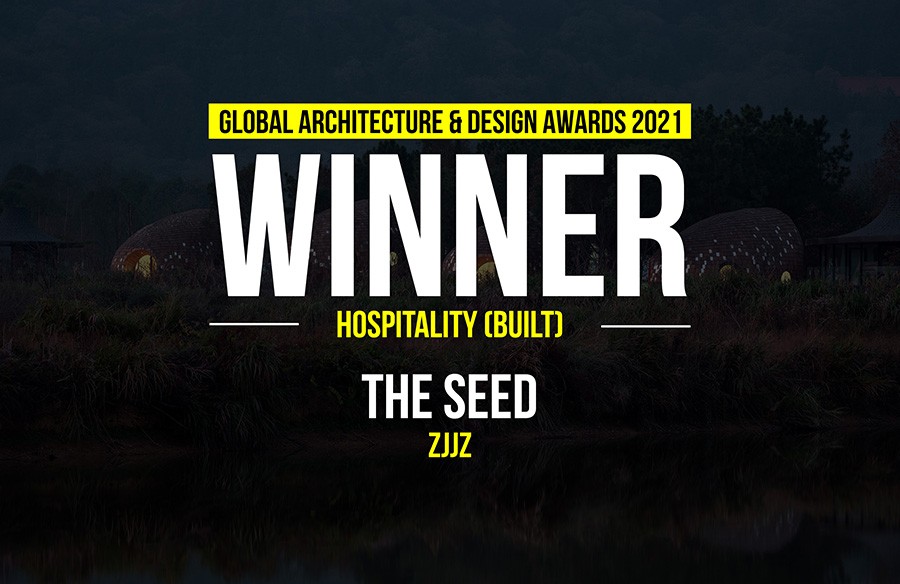A Harbour for Homes consists in an infrastructure embodying housing and park and acts as an alternative solution to the actual expansion plan of the Houthaven district on Amsterdam’s waterfront.
Architect: Gianluca Lattanzi
Location: Houthaven district Amsterdam, Netherlands
Status: Concept

The urban plan of the municipality establishes seven artificial islands predominantly for residential and commercial use with public green areas that act as connection element with the city and the district itself.
The contradiction of this intent is in the absence of green areas in the most important place for the entire Houthaven, in fact on the Pontsteiger pier (in which currently has actually been built a huge landmark) the public space is abruptly interrupted. Design strategy tries instead to respect the overall concept defining an actual link to rest of the public areas.

Furthermore the strategy adopted makes the project grow together with the rest of the district, this idea allows not to build more than what is necessary and to use spaces before the conclusive shape is realised.
This process defines a changeable landscape that reaches its saturation over the time, public space regulates the growth of private ones, acting like a motherboard with its plugin devices.

A linear infrastructure on two programmatically distinct levels establishes a system that satisfies the needs of an harbour with ferry service, boat facilities and storage, together with the demand for leisure through a lush park with seats, trees, spaces for events and sport facilities, furthermore the public element allows the access to the private building at both the levels.

Two kind of residences are defined, fixed and floating, on one hand defined by standards and on the other hand by the user himself following the principle of Do it Yourself. Overall the number of people that this configuration can accommodate is similar to the one that has actually been built.

Fixed residences consist of two typologies: a house-office residence with a part that is more in contact with the exterior and therefore with public areas, that can be used as a closable working space allowing the privacy of the other inhabitants; a second typology with huge flexibility given by foldable panels change the asset of the space in order to get a bigger living room during the day and more privacy for the bedroom during the night.

With the Do It Yourself typology instead of make housing it’s possible to make “homing”, because homes will be moved directly in their own location after buyer’s configuration, choosing what best matches his needs from a catalogue.
User’s choice could ideally make possible an architecture without architects, after the subdivision of the development takes place the variety of possibilities for houses can also be endless, the project intends to show just one of the infinite possible configurations.
Mixing different typologies of houses conceived for a huge range of users allows to generate an heterogeneous community that is not closed to itself but opened to the city. A “mobile architecture” for a “liquid society”.

Gianluca Lattanzi
Gianluca Lattanzi is an Italian architect based in Amsterdam. He has studied Architecture at Unicam Saad in Ascoli Piceno, Italy, where he got the bachelor degree with Cristiano Toraldo di Francia (founder of Superstudio) and the Master degree with Pippo Ciorra (senior curator of architecture at Rome’s MAXXI museum) as supervisors. He collaborated with different offices such as NL Architects, Polylester and DELVA Landscape Architecture Urbanism in the Netherlands.
His portfolio shows interest in many fields and themes, especially he pays attention on different ways of living and how housing can affect people’s life. Being fascinated by Yona Friedman’s theories, his projects are often conceived as open solutions, ready to be reconfigured following the ever-changing needs of the users.





